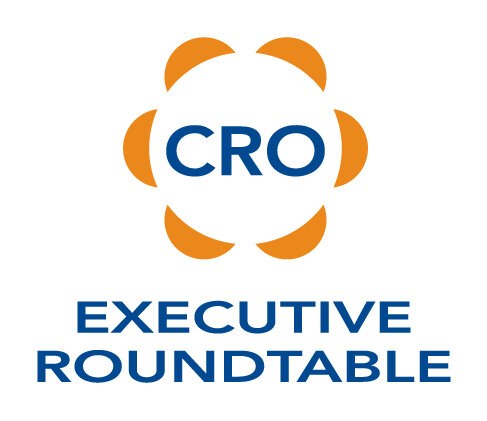We close out the DV week with a final delineation of the real prospect who will value your DV. The person who will respond to it is the Emotional Customer. Unfortunately, most salespeople hunt down the Logical Customer and end up in a sales black hole.
Terry Slattery, an expert on DV, walked us through this important aspect of leveraging your DV while prospecting.
Let's first define the Logical Customer:
- Easy to find but hard to close
- Price Sensitive
- Limited performance metrics
- May have a vested interest in not changing
- Often isolated from the consequences of delay or undervaluing your DV
The Logical Customer can be lurking anywhere inside of an organization, but some common locations are purchasing, IT, HR among others. These contacts fit the above description and will work hard to "commoditize" your Differentiating Value. If your salesperson ends up stuck in this area, you have to guide them out of that hole.
Let's focus on where your salesperson should be focusing - the Emotional Customer:
- Has zero interest in your stuff
- Feels the pain and consequences of not having your DV
- Gets the bill for the pain
- Easy to close
- Usually can tell the Logical Customer what to do
See the difference? The question is how do you find them?
Qualifying.
Your team has to know what their DV is, have it translated into the prospect's world and then have to ask the right questions to find the Emotional Customer.
If you need help implementing Revenue as a System, we can help.













